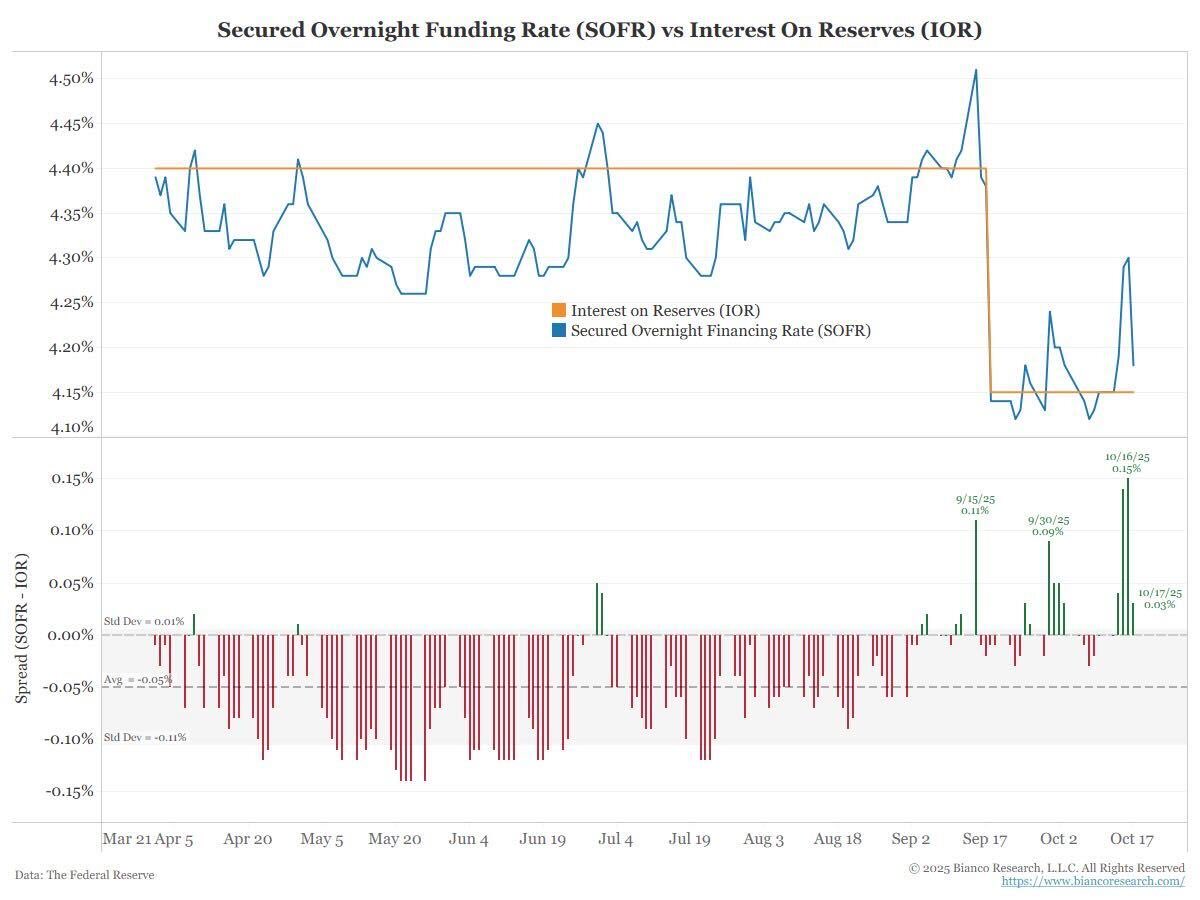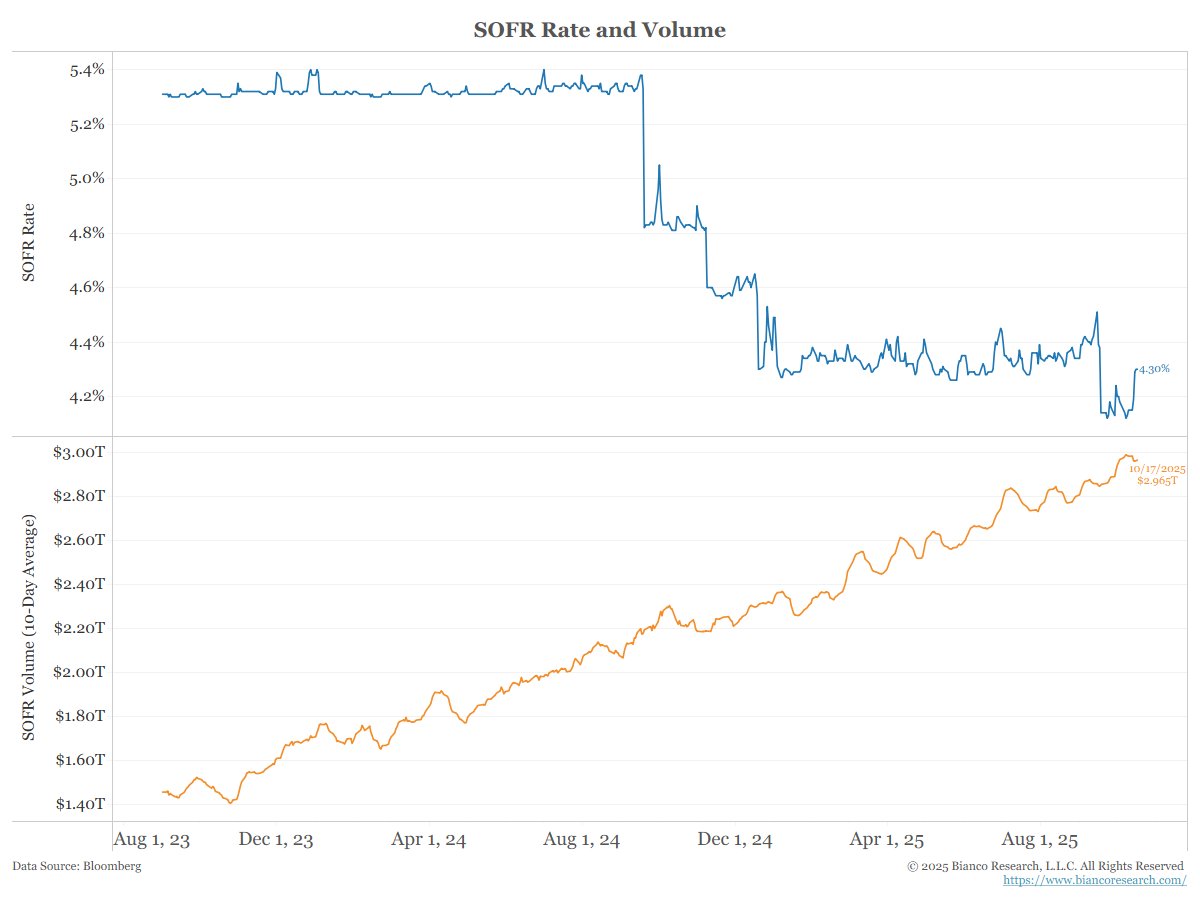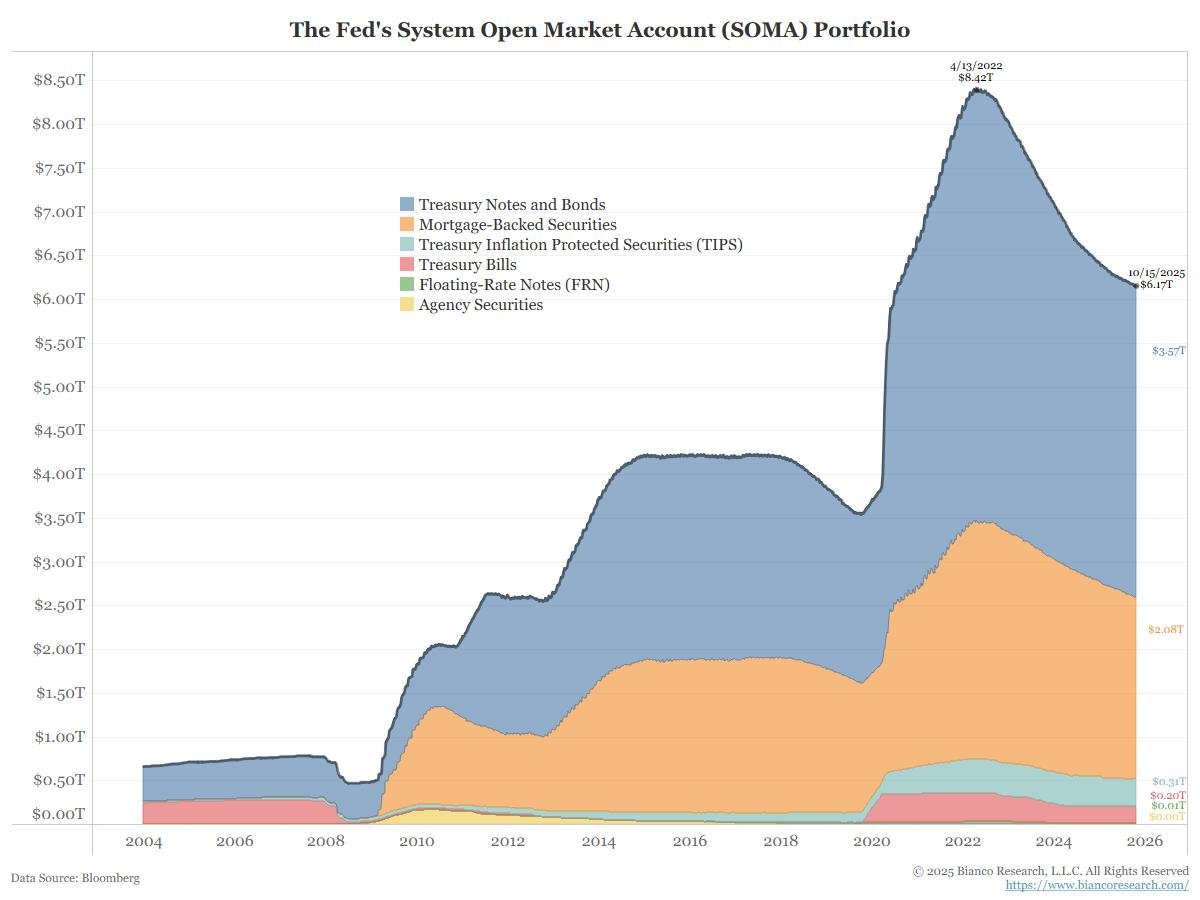1/7
What is the issue with inflation/the economy?
3 three charts to detail.
* Record consumption of durables (or "stuff").
Restated, the US economy has record demand. Not good demand, but record demand (bottom panel, distance above the trendline).
@kofinas @mercoglianos
What is the issue with inflation/the economy?
3 three charts to detail.
* Record consumption of durables (or "stuff").
Restated, the US economy has record demand. Not good demand, but record demand (bottom panel, distance above the trendline).
@kofinas @mercoglianos

2/7
To meet this demand Pacific rim countries are running factors as fast as they can.
The area in this chart is the trade deficit five years BEFORE COVID (2015 to 2019). Red is 2021.
Asian countries are sending us a record amount of stuff, way ahead of pre-covid levels.
To meet this demand Pacific rim countries are running factors as fast as they can.
The area in this chart is the trade deficit five years BEFORE COVID (2015 to 2019). Red is 2021.
Asian countries are sending us a record amount of stuff, way ahead of pre-covid levels.

3/7
40% of these shipments go to the LA and Long Beach ports.
They are also running at record rates, way above the five years before COVID.
We call it a bottleneck, and while that is technically true, "running at the limits of capacity" might be a better term.
40% of these shipments go to the LA and Long Beach ports.
They are also running at record rates, way above the five years before COVID.
We call it a bottleneck, and while that is technically true, "running at the limits of capacity" might be a better term.

4/7
When record demand meets the limits of production and the supply chain, how do you fix it?
Simple jack prices, which also cools demand
Aka inflation
When record demand meets the limits of production and the supply chain, how do you fix it?
Simple jack prices, which also cools demand
Aka inflation

5/7
How do you fix it without inflation? Get everyone back to work, now!!
But COVID cases in Europe is at a record and the world is at a two-month high and rising rapidly.

How do you fix it without inflation? Get everyone back to work, now!!
But COVID cases in Europe is at a record and the world is at a two-month high and rising rapidly.


6/7
Omicron came a bad time.
When we need people to get together in large groups (aka, go back to work), we now have a reason to slow this process down.
Results, more "bottlenecks" and higher inflation.
Omicron came a bad time.
When we need people to get together in large groups (aka, go back to work), we now have a reason to slow this process down.
Results, more "bottlenecks" and higher inflation.
7/7
Fed apologists like to say, "the Fed cannot print more ships."
True.
But they can slow record demand that is contributing to higher inflation.
This is why, I believe the market is pricing far more aggressive Fed hikes that the consensus expects.
Cool demand Jay!
Fed apologists like to say, "the Fed cannot print more ships."
True.
But they can slow record demand that is contributing to higher inflation.
This is why, I believe the market is pricing far more aggressive Fed hikes that the consensus expects.
Cool demand Jay!
• • •
Missing some Tweet in this thread? You can try to
force a refresh




















